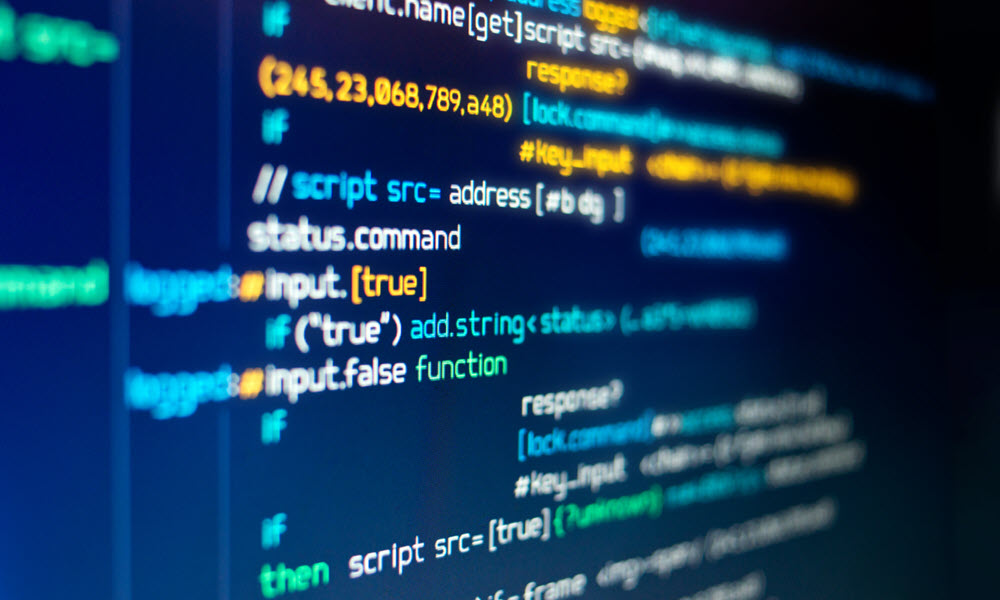Democratizing Programming: The Role of No-Code/Low-Code Platforms

Programming has been traditionally considered a complex and challenging field that requires a deep understanding of coding languages, algorithms, and data structures. However, the emergence of no-code/low-code platforms has disrupted this notion by simplifying the programming process and making it accessible to non-technical users.
What are no-code/low-code platforms?
No-code/low-code platforms are software development platforms that allow users to create applications and workflows without writing a single line of code. These platforms provide a visual interface and drag-and-drop tools that enable users to design and build their applications using pre-built templates, components, and connectors.
These platforms are designed to empower non-technical users, such as business analysts, citizen developers, and entrepreneurs, to create custom applications that meet their specific needs without relying on IT departments or external developers. They democratize programming by removing the technical barriers and allowing anyone to become a developer.
The benefits of no-code/low-code platforms

- Speed: No-code/low-code platforms allow users to create applications and workflows in a fraction of the time it would take to develop them using traditional coding methods.
- Cost: No-code/low-code platforms eliminate the need for hiring expensive developers or IT departments, reducing the costs of software development.
- Flexibility: No-code/low-code platforms provide users with the flexibility to customize their applications and workflows to meet their specific needs without relying on external developers.
- Empowerment: No-code/low-code platforms empower non-technical users to become developers and create their applications without needing to rely on IT departments or external developers.
The impact of no-code/low-code platforms on businesses
No-code/low-code platforms have a significant impact on businesses by enabling them to innovate faster, reduce costs, and increase productivity. These platforms provide businesses with the tools to create custom applications and workflows that streamline their operations and improve their customer experiences.
They also enable businesses to quickly respond to market changes and customer demands by creating new applications and workflows that meet their evolving needs. This allows businesses to stay competitive and ahead of the curve in their respective industries.
The future of no-code/low-code platforms
The demand for no-code/low-code platforms is expected to grow in the future as businesses and individuals continue to seek innovative solutions to their problems. The rise of citizen developers and the democratization of programming will continue to drive the growth of these platforms.
Moreover, no-code/low-code platforms will become more advanced and sophisticated, providing users with more customization options and integrations with other applications and services. These platforms will also become more accessible, with more user-friendly interfaces and easier-to-use tools.
No-code/low-code platforms have disrupted the programming world by democratizing the process of software development. These platforms have made it possible for non-technical users to become developers and create custom applications and workflows that meet their specific needs. The benefits of these platforms include speed, cost savings, flexibility, and empowerment. The future of no-code/low-code platforms is bright, with more advanced and user-friendly platforms expected to emerge in the coming years.




